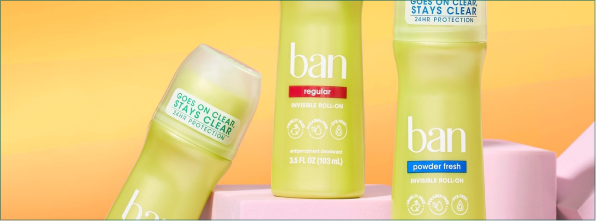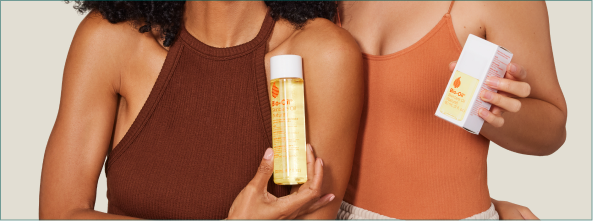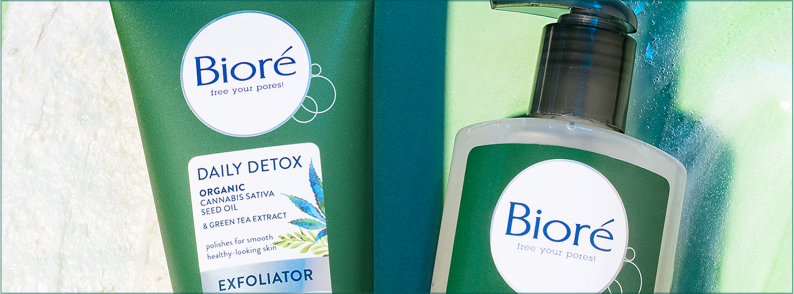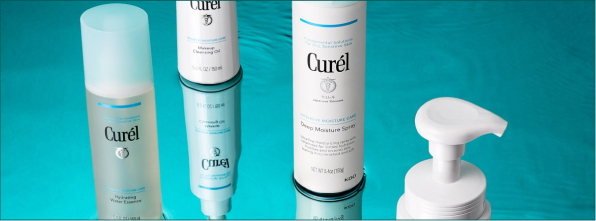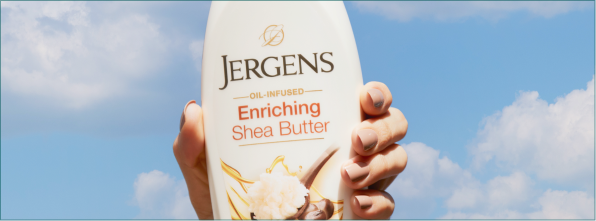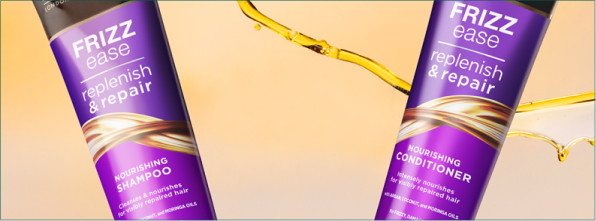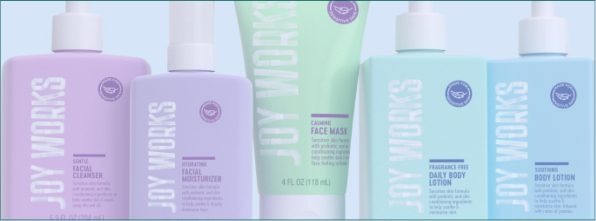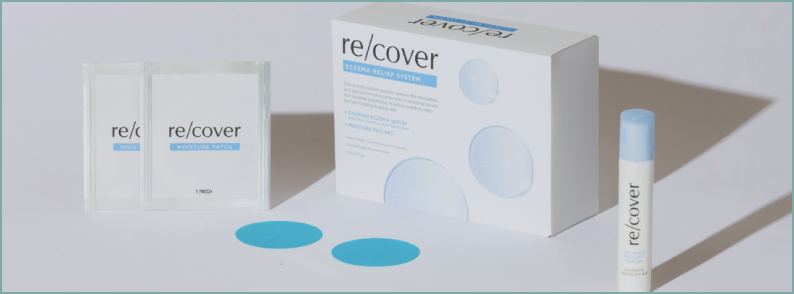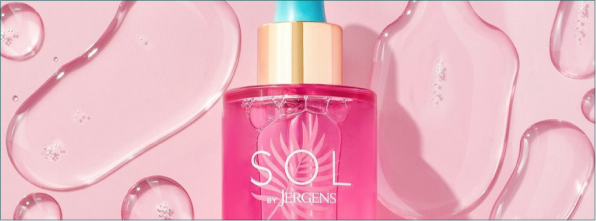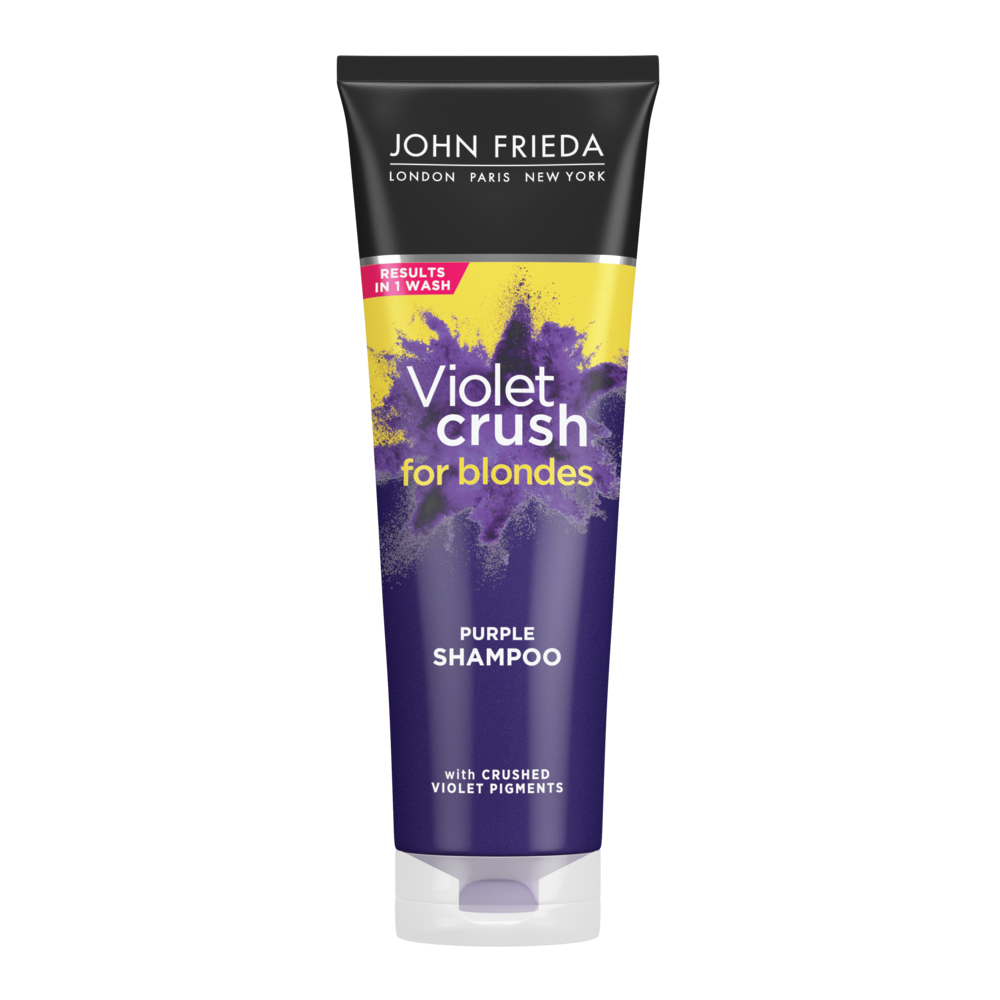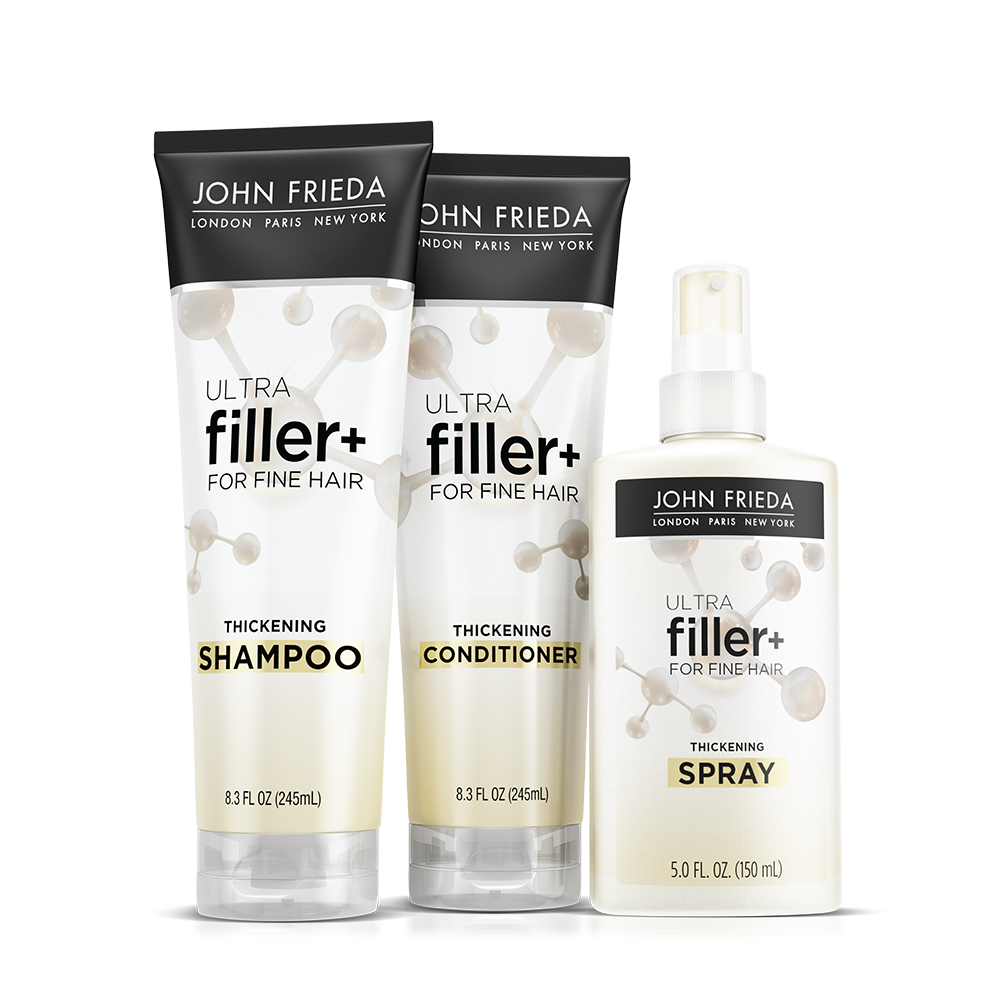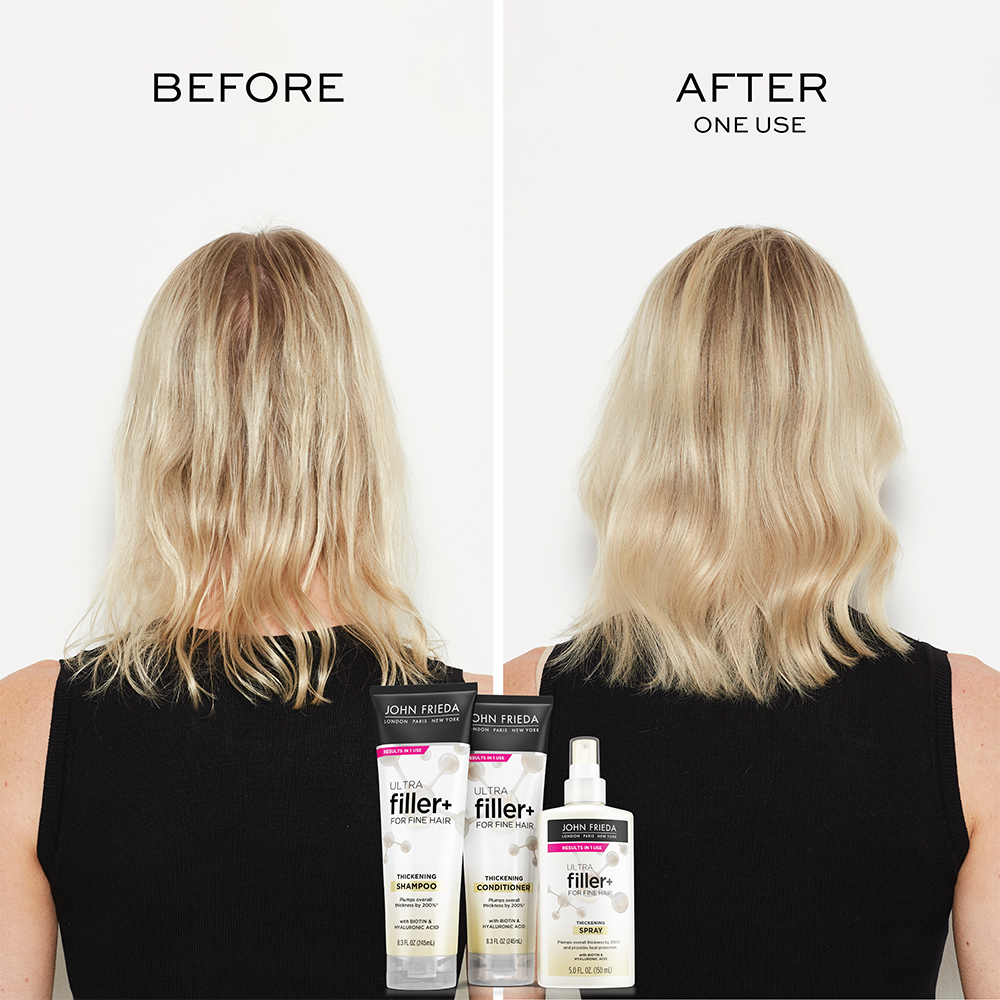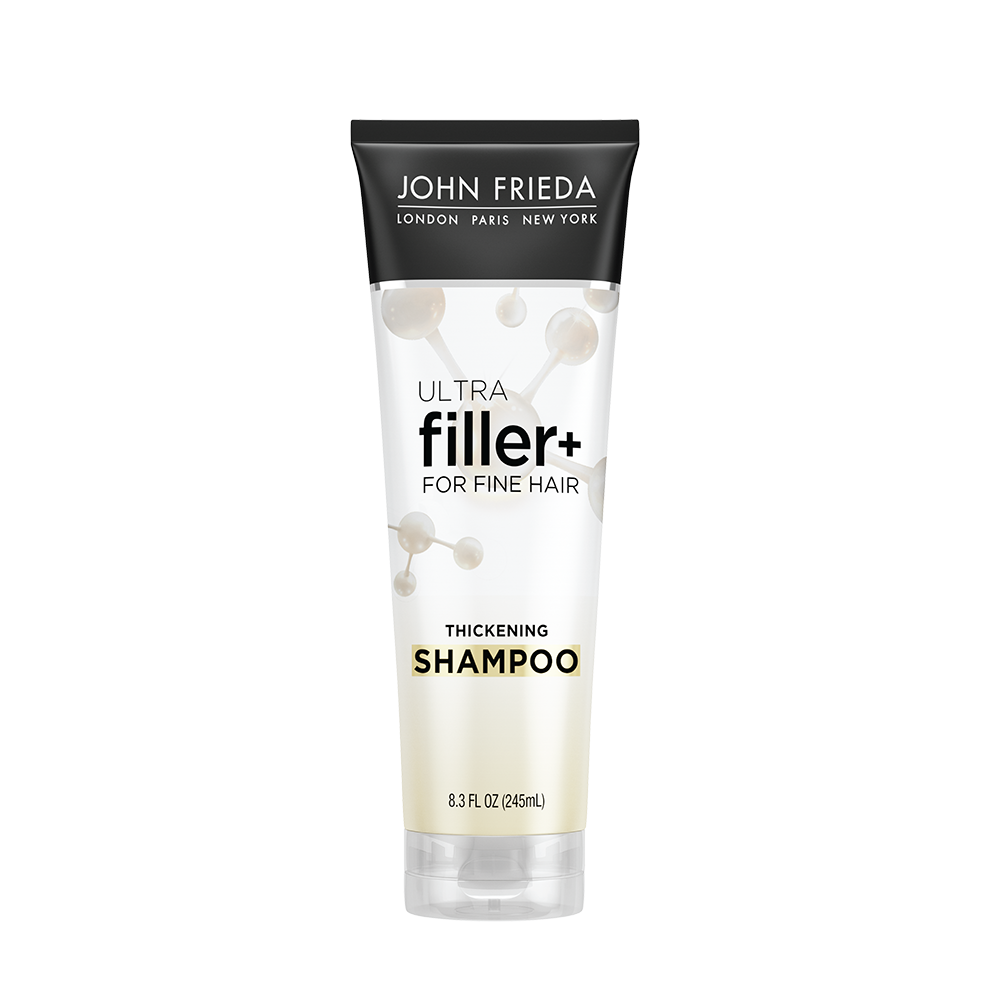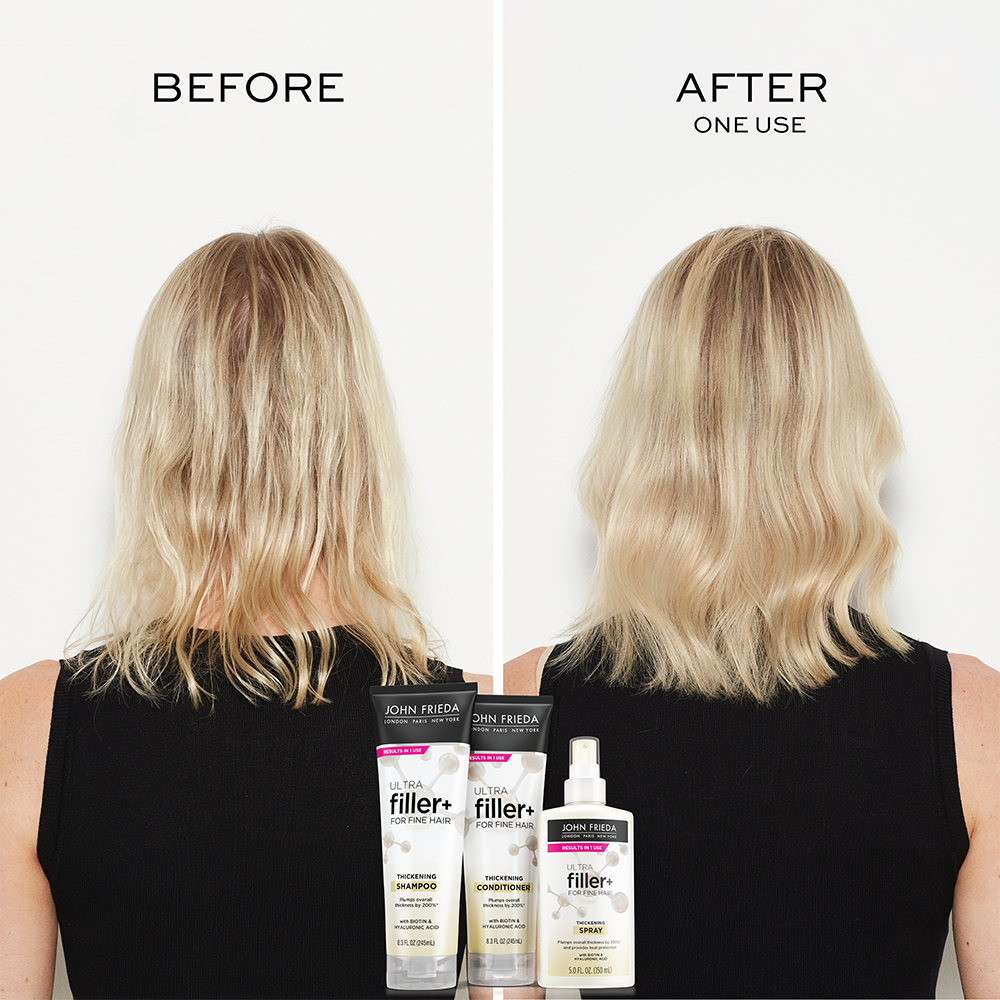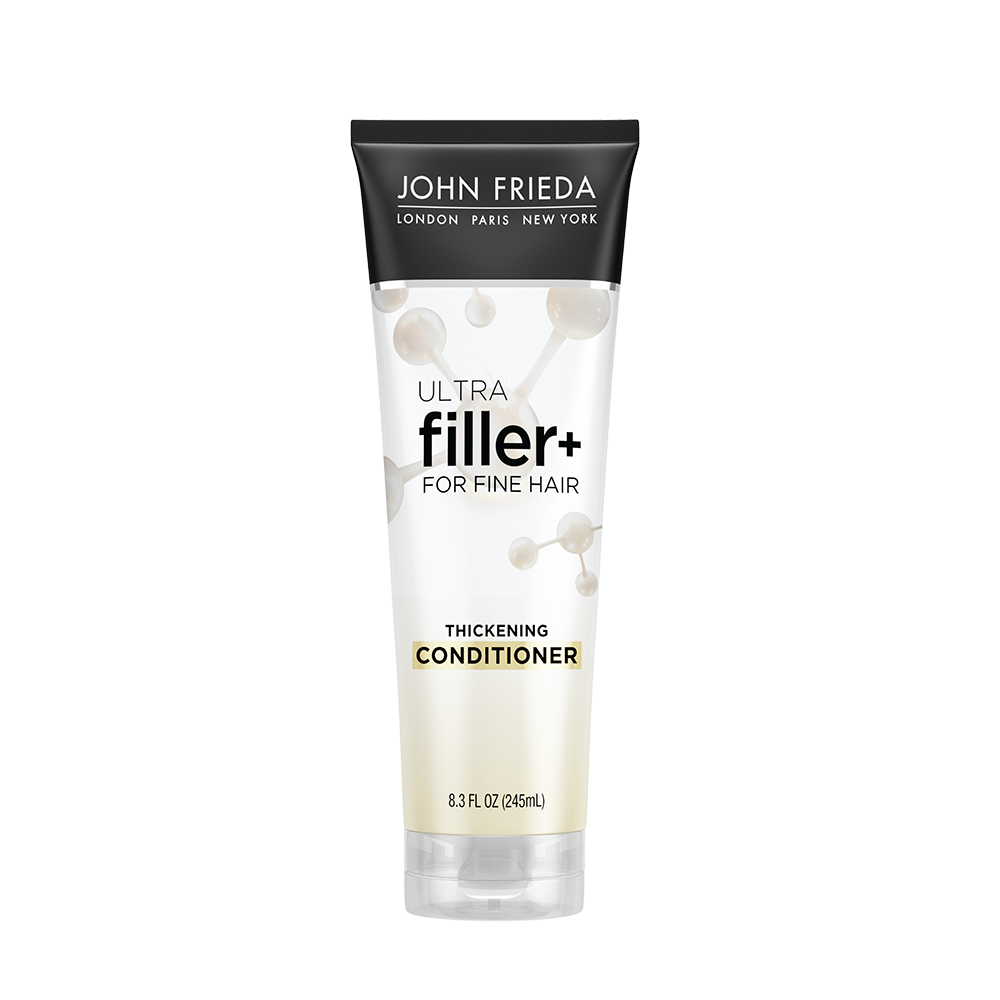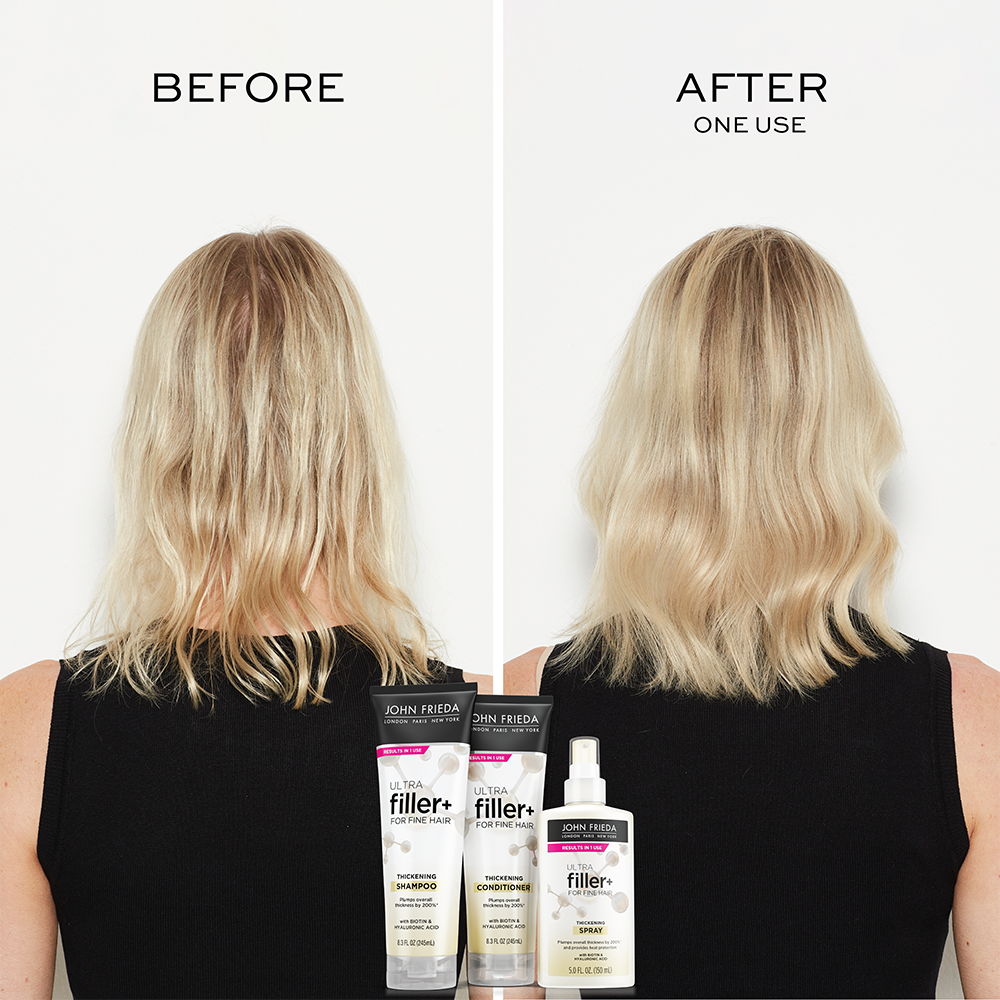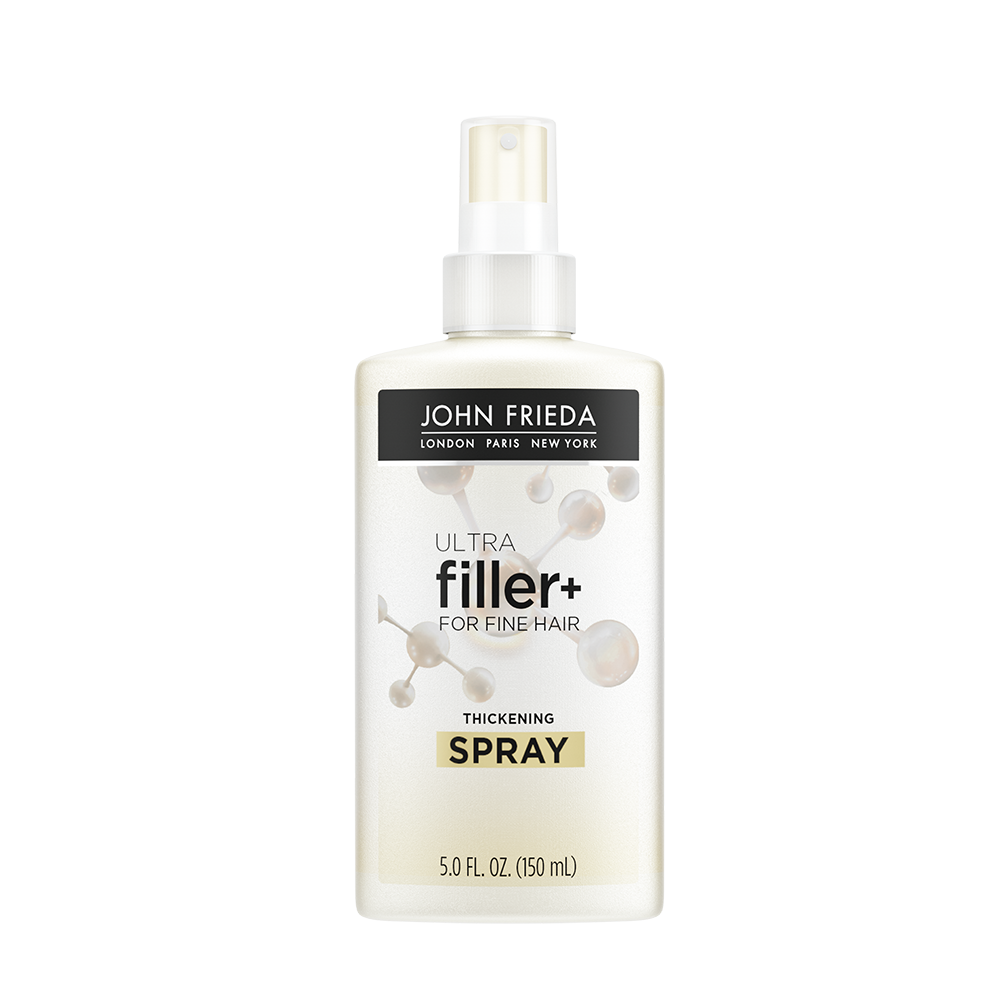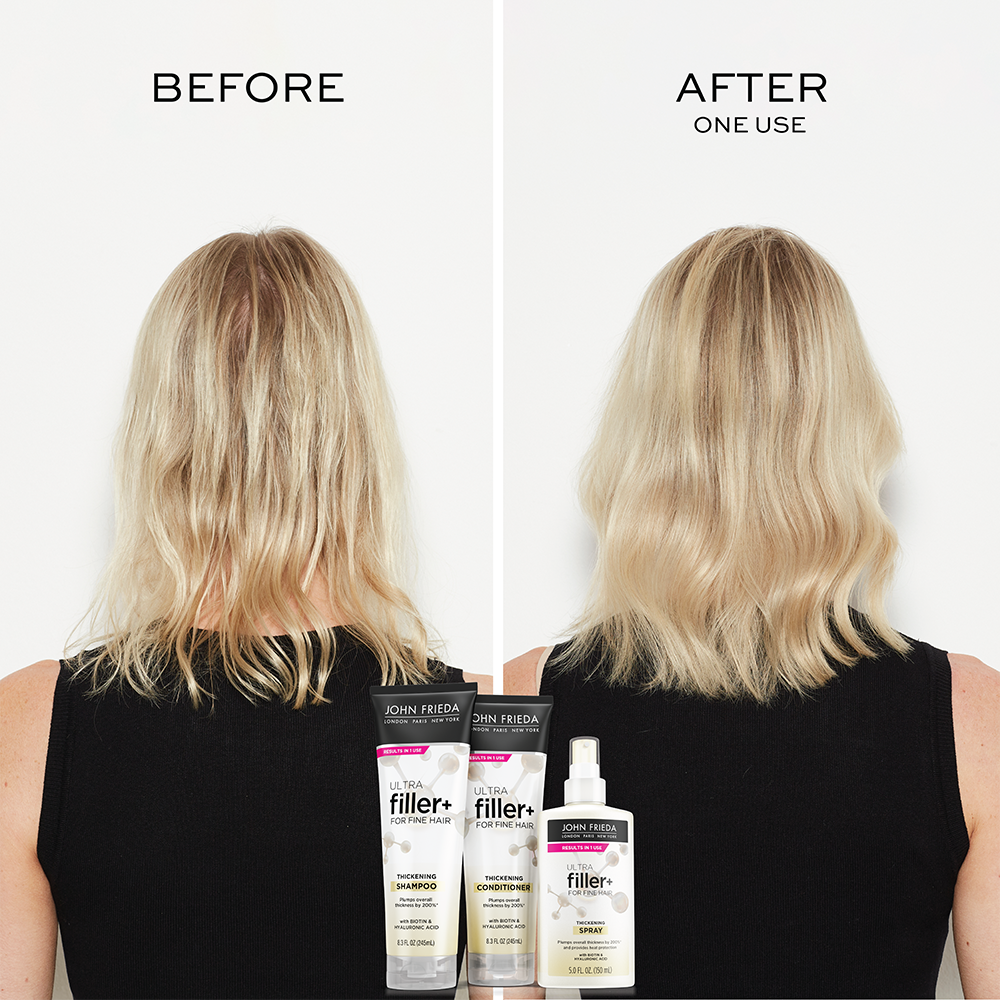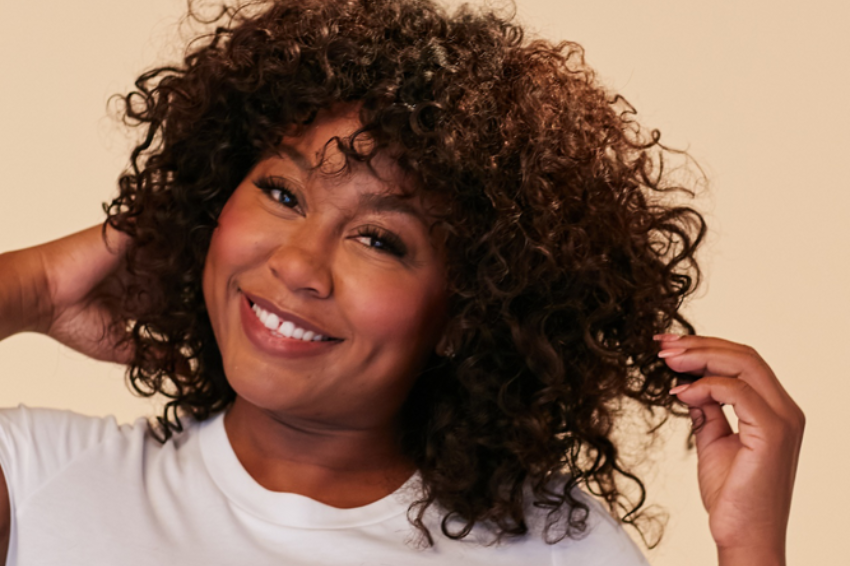HOW TO FIX ORANGE HAIR AFTER BLEACHING: 5 AT-HOME TIPS

You were going for a nice golden blonde, but ended up with brassy, orange hair. Don’t panic. It’s easily fixable! And you don’t even have to visit the salon. Here’s how to fix orange hair and tone brassiness at home when bleaching goes oh so wrong.
Why Did My Hair Turn Orange?
Chances are, if you tried to lighten your hair only to come out with a brassy orange color, you are a brunette. Some explanations for hair turning orange are because:
- Dark hair has many underlying pigments that give your rich brown or ebony strands depth and dimension.
- Red and orange pigments are the most dominant undertones in dark hair. So if you don’t bleach enough of those pigments out, you end up with an unflattering brassy orange.
- So if you don’t bleach enough of those pigments out, you end up with an unflattering brassy orange. This may also mean that your dark hair may have only been lightened to levels 5-7, which can reveal orange tones.
“But I’m already blonde!” you say. Well, those blonde locks may develop brassy tones after bleaching if you have a buildup of chemicals or minerals in your hair. Brassiness can also occur if you’ve been hanging out in salt water or a chlorinated pool.
Red and orange pigments are the most dominant undertones in dark hair. So if you don’t bleach enough of those pigments out, you end up with an unflattering brassy orange.
How Do I Fix My Orange Hair?
When bleaching goes wrong, the key to fixing orange hair is usually to neutralize the color with its complementary color—blue.
Here are some expert tips on how to fix orange hair at home using one of these three methods.
1. Tone With Blue Or Purple Shampoo
The Bottom Line: Use purple shampoo to tone yellow, usually blonde hair, and blue shampoo to tone orange, usually brunette hair.
When deciding how to fix orange hair, you might try using a toner to get rid of the orange pigment. Toning neutralizes unwanted brassy tones to reveal a cooler blonde or light brown shade. The trick is figuring out which color toner to use, where the choice is usually between blue and purple, depending on your hair color.
Toning neutralizes unwanted brassy tones to reveal a cooler blonde or light brown shade.
Shop Violet Crush Shampoo
A rule of thumb is to look at the color of your hair currently and find the color that is exactly opposite. Try imagining a straight diagonal line from your current color to the other end of the wheel to figure out what color toner to use.
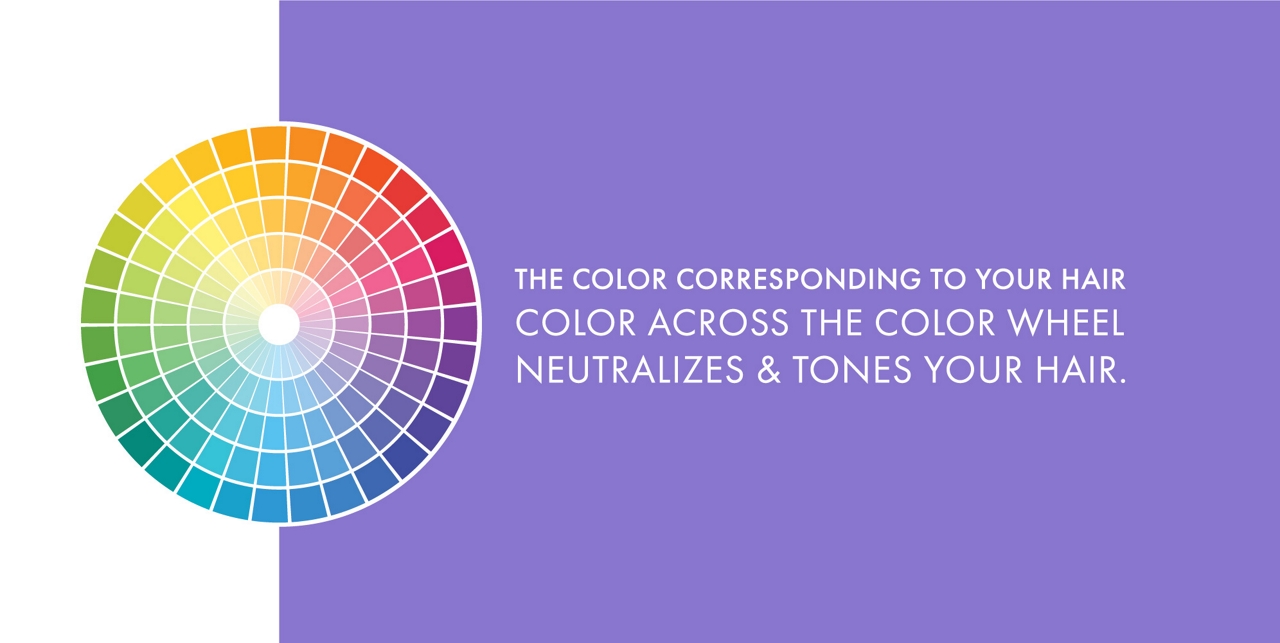
If your lousy bleach job has come out more yellow, you’ll need a purple toner. Purple shampoo can help neutralize the yellow.
If your hair is orange, you’ll need a blue toner. Try a blue shampoo to tone the brassiness and get rid of the orange. This color toner is commonly needed for darker hair.
Whether you’re using purple shampoo, blue shampoo, or another hair toner, it is usually a simple fix that will get rid of the orange or yellow brassiness without you having to book another salon appointment.
You can also try an anti-brassy cleansing treatment that works for all shades of color-treated or highlighted blonde hair. Just apply the treatment to wet hair, lather, and leave it in for up to 1 minute. Rinse well and use again up to 3 times per week.
2. Apply Glazes or Glosses
Over time, hair glazes or glosses can help get rid of brassy tones and prevent them from appearing. Glosses can make your hair look shinier and smoother and reinforce the tone you are looking for. Choose a glaze or gloss, depending on your desired hair color.
3. Dye Patchy Orange Hair Darker
If you were unfortunate enough to end up with hair that is not only brassy but also has patches of orange or yellow, it’s probably best to cut your losses and dye your mane dark again. Select a brunette hair dye that’s either close to your natural color or dark enough to cover the orange, and breathe easy once again. Learn more by reading our tips for hair color correction.
4. Lighten Orange Hair
If you’re one of those brave souls that want to give bleaching a whirl again, you can try to lighten your orange hair further to get that perfect blonde you were shooting for. But don’t bust out the bleach again too soon. You’ll need to wait at least a week or two to restore your hair’s natural moisture balance to avoid significant damage. So be prepared to rock that orange mane for a while!
You can give round two a go once you’ve made it through the waiting period. After about 20-30 minutes with more bleach, your locks should be a nice yellow. From there, you can use an ash blonde dye kit to achieve a cooler blonde or tone your hair with purple shampoo to neutralize the yellow. After dyeing your hair, use a hair mask for blonde hair to strengthen and protect your bleach-damaged locks.
5. Use An Apple Cider Vinegar Rinse
Add a couple of tablespoons of apple cider vinegar into a cup or so of water. Then add a couple of drops of liquid food coloring—blue for more orange hair and purple for more yellow. Mix it together.
After washing and conditioning your hair, apply this mixture and rinse. You can repeat it every two weeks to help tone down the brassiness in your hair.
Turning Orange Hair Into Different Brown and Blonde Shades
Depending on how orange your hair is, there are different shades of brown and blonde you may want to aim for. Here’s how to fix your orange hair into the following hair shades:
- Orange hair to light brown: Try using a medium ash blonde hair dye, as it can help neutralize the orange tone and achieve a cool light brown hue. Another option is to wait for the orange tones to fade and apply a light brown hair dye over it, making sure to choose a shade with ash undertones to neutralize the orange.
- Orange hair to ash blonde: To achieve a cooler light brown hue, use a medium ash blonde hair dye. Apply it to dark orange hair to neutralize the orange while maintaining a lightened hair color, resulting in a beautiful light brown blonde shade.
- Orange hair to blonde: Wait for at least two weeks before re-bleaching your hair to achieve a yellow tone as this is easier to neutralize compared to orange. Once you have reached the desired yellow tone, maintain your blonde hair by applying an ash blonde box dye to lighten and neutralize your hair color.
- Orange hair to dark brown: Apply a cool-toned dark brown hair dye to help neutralize orange tones and achieve a more natural-looking shade. Alternatively, consider using a color-depositing shampoo or toner in a cool-toned dark brown shade to gradually darken the orange tones.
How to Prevent Orange Hair
- Avoid direct exposure to UV rays from the sun. If you’ve ever spent a lot of time out in the direct sunlight before, you know it can bring out different tones and colors in your hair. In order to avoid brassy tones from surfacing, try to stay out of the sun.
- Opt for filtered water. Hard water contains more minerals, which can lead to brassy tones in your hair showing up more visibly.
- Keep your hair above the ocean or pool water. Chlorine and salt may oxidize your hair and cause it to turn a color you don’t want. When you’re taking a swim, try not to fully submerge your hair underwater to keep it the color you’re looking for.
Color mistakes happen to the best of us. Fortunately, there’s always a solution. Now go show off your beautiful brass-free do! Check out more John Frieda blonde hair color tips here.
